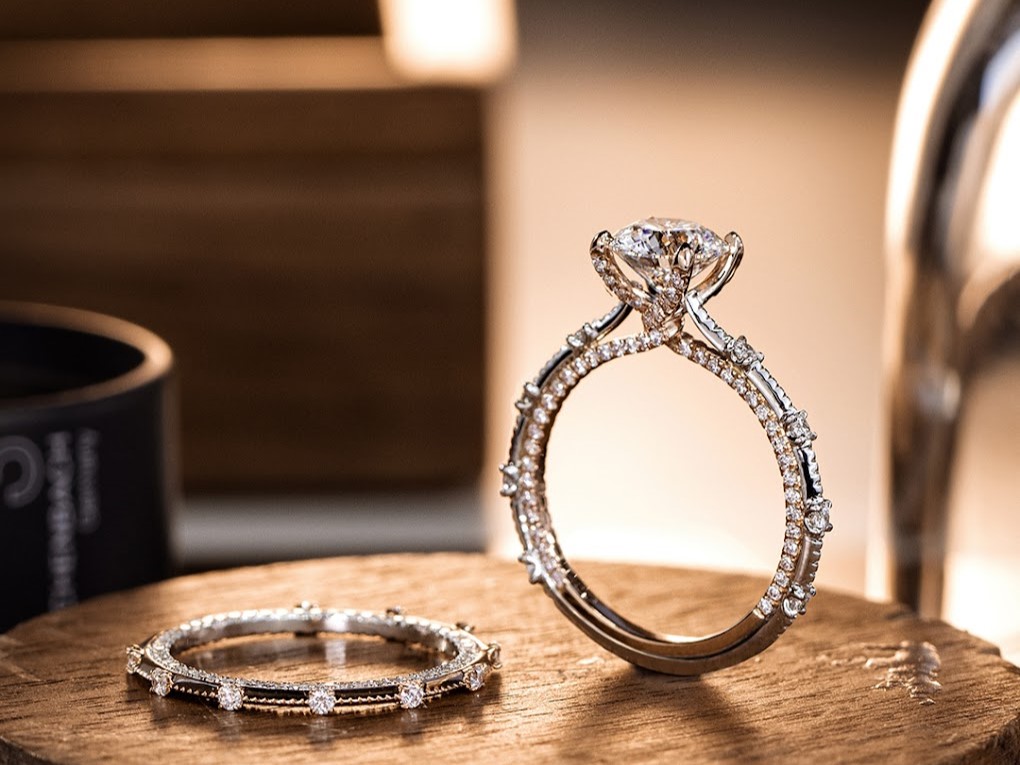
Introduction
In recent years, the jewelry industry has undergone a significant transformation, driven largely by advancements in technology and changing consumer preferences. Among these innovations, cultures and lab grown diamonds—also known as lab-created or synthetic diamonds—have emerged as a popular alternative to traditional mined diamonds. This article explores the cultural implications, environmental benefits, and market dynamics surrounding lab-grown diamonds, illustrating how they are reshaping the jewelry landscape.
Understanding Lab-Grown Diamonds
Lab-grown diamonds are created using advanced technological processes that replicate the natural conditions under which diamonds form in the earth. There are two primary methods for producing these gems: High Pressure High Temperature (HPHT) and Chemical Vapor Deposition (CVD). Both methods yield diamonds that are chemically, physically, and optically identical to their mined counterparts, making them an appealing choice for consumers.
The rising popularity of lab-grown diamonds is fueled by several factors, including ethical considerations, environmental sustainability, and economic affordability. Unlike mined diamonds, which are often associated with exploitative labor practices and significant environmental degradation, lab-grown diamonds offer a guilt-free alternative.
Cultural Perspectives on Lab-Grown Diamonds
Many cultures are increasingly concerned about the ethical implications of diamond mining. The concept of “blood diamonds”—diamonds mined in war zones and sold to finance armed conflict—has raised awareness about the human cost of traditional diamond sourcing. As consumers become more conscientious, lab-grown diamonds provide a solution that aligns with their values, allowing them to purchase beautiful stones without compromising their principles.
Traditionally, diamonds have been viewed as a symbol of luxury, romance, and status. However, the advent of lab-grown diamonds is challenging this perception. In cultures where authenticity and tradition hold significant weight, lab-created diamonds may initially be met with skepticism. Over time, as more people embrace them, the definition of luxury may evolve, leading to a more inclusive understanding that values sustainability and ethical sourcing.
Environmental Benefits
The environmental impact of diamond mining is profound, often resulting in significant habitat destruction, water pollution, and carbon emissions. In contrast, lab-grown diamonds are produced in controlled environments, significantly reducing their carbon footprint. This aspect resonates particularly well with environmentally conscious consumers, especially in cultures where ecological preservation is paramount. As awareness of climate change and environmental degradation grows, lab-grown diamonds offer a more sustainable choice that aligns with global efforts to promote responsible consumption.
Economic Considerations
Lab-grown diamonds are typically less expensive than their mined counterparts, providing consumers with an accessible option without sacrificing quality. This economic advantage has attracted a diverse range of buyers, from young couples seeking engagement rings to individuals looking for unique jewelry pieces. In cultures where economic considerations play a significant role in purchasing decisions, the affordability of lab-grown diamonds has contributed to their rising popularity.
Furthermore, the growth of the lab-grown diamond market has created new job opportunities in technology, manufacturing, and retail sectors. As these industries evolve, they are likely to contribute positively to local economies and shift cultural perceptions surrounding luxury goods.
Conclusion
As lab-grown diamonds continue to gain traction in the lab created diamonds, they are reshaping cultural norms and consumer behavior. Their ethical, environmental, and economic advantages make them a compelling alternative to traditional mined diamonds. By aligning with contemporary values of sustainability and social responsibility, lab-grown diamonds are not just a passing trend; they represent a significant shift in how cultures view luxury, authenticity, and the impact of their choices. As more consumers opt for lab-created stones, the jewelry industry may witness a fundamental transformation that reflects broader societal changes towards ethical consumption and environmental stewardship.

